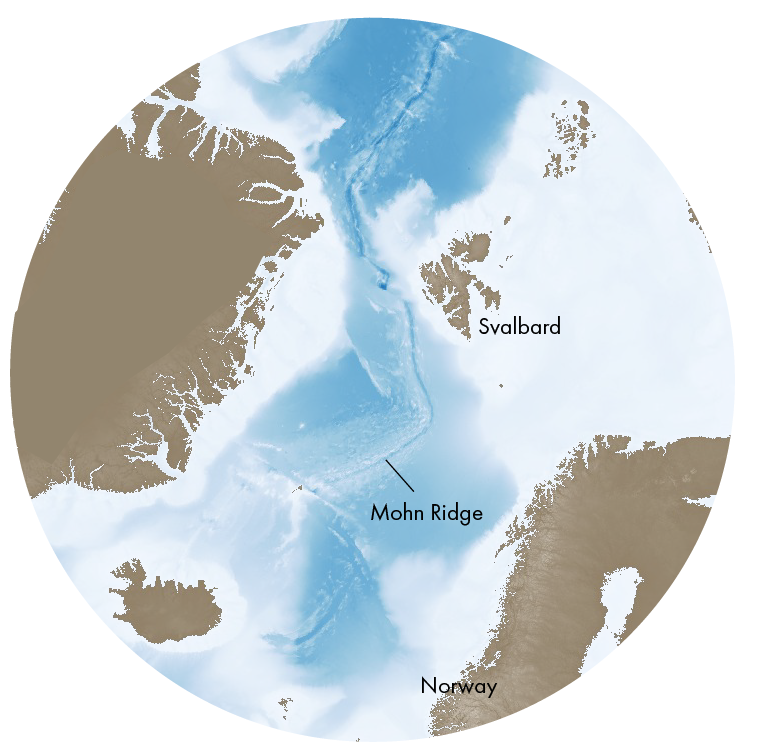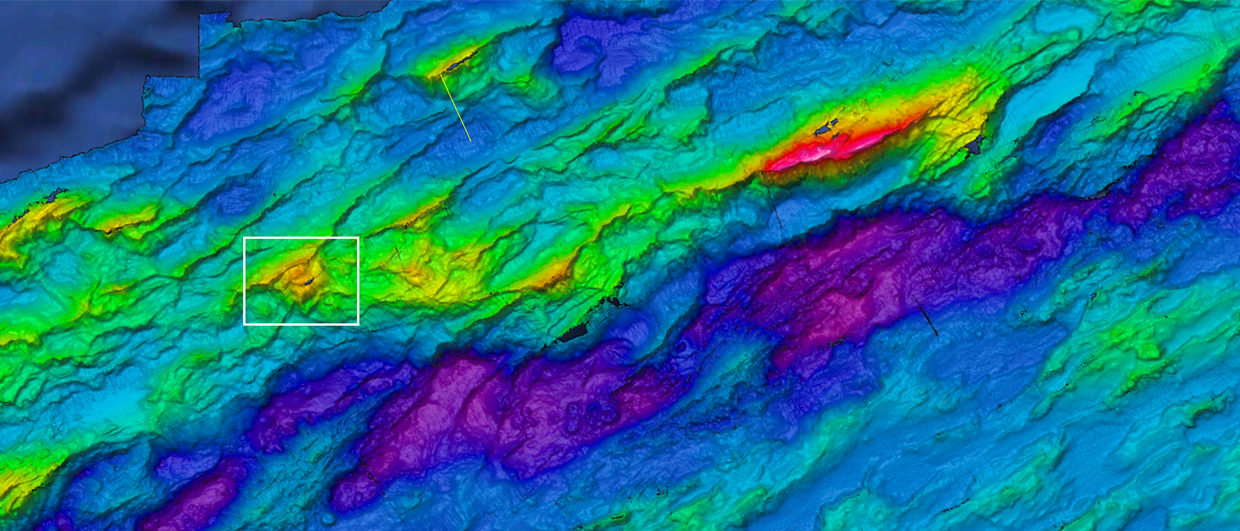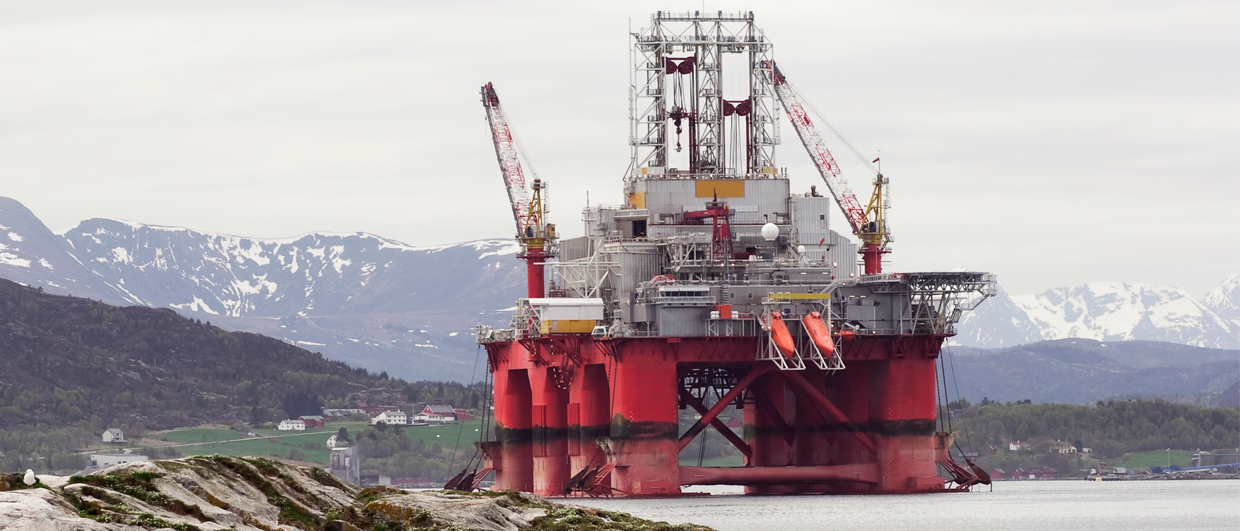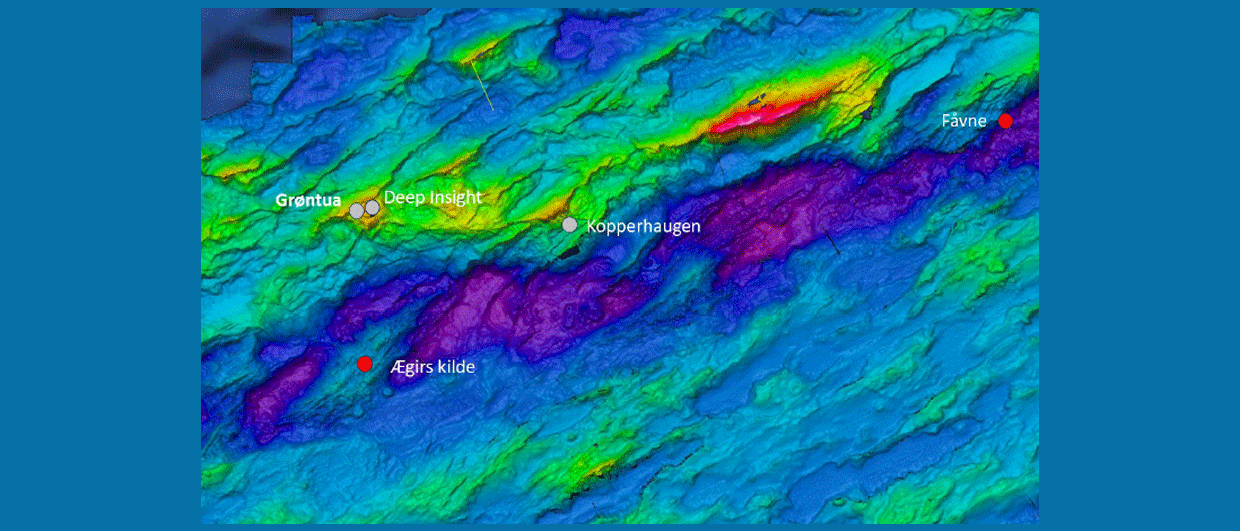The aim of the drilling operation was to learn more about subsurface water circulation by drilling into a fault. But when operations began on the selected topographical high along the northern flank of the Mohns Ridge, it quickly became clear that the researchers had encountered something quite unique.
“We got a surprise. We had completely unintentionally drilled into a mineral deposit”, said Rolf Birger Pedersen, professor and head of the Center for Deep Sea Research at the University of Bergen.

It was during the Deep Insight cruise in May last year, which was carried out by the partners in the EMINENT research project, that by a stroke of luck they came across a sulphide deposit.
EMINENT aims to accelerate the acquisition of knowledge about the deep sea and its geology, environment and mineral resources, and to develop and test technology relevant to these purposes. During the voyage, they were able to test FlexiCore, a newly developed concept for core drilling in the deep sea.
The discovery can rightly be referred to as the needle in the haystack. Along the spreading ridges in Norwegian sea areas, just over ten sulphide deposits have been detected so far, most of which are active hot springs.
Although there is still limited knowledge about the recent find, Pedersen maintained that the (extinct) deposit may be the largest of its kind along the Mohns Ridge. As the deposit was drilled using the new core drilling technology, the researchers have had the opportunity to make mineralogical analyses as well.
The analyses indicate an average copper content of just over two percent. However, it should be pointed out that only a small part of the deposit has been cored.





